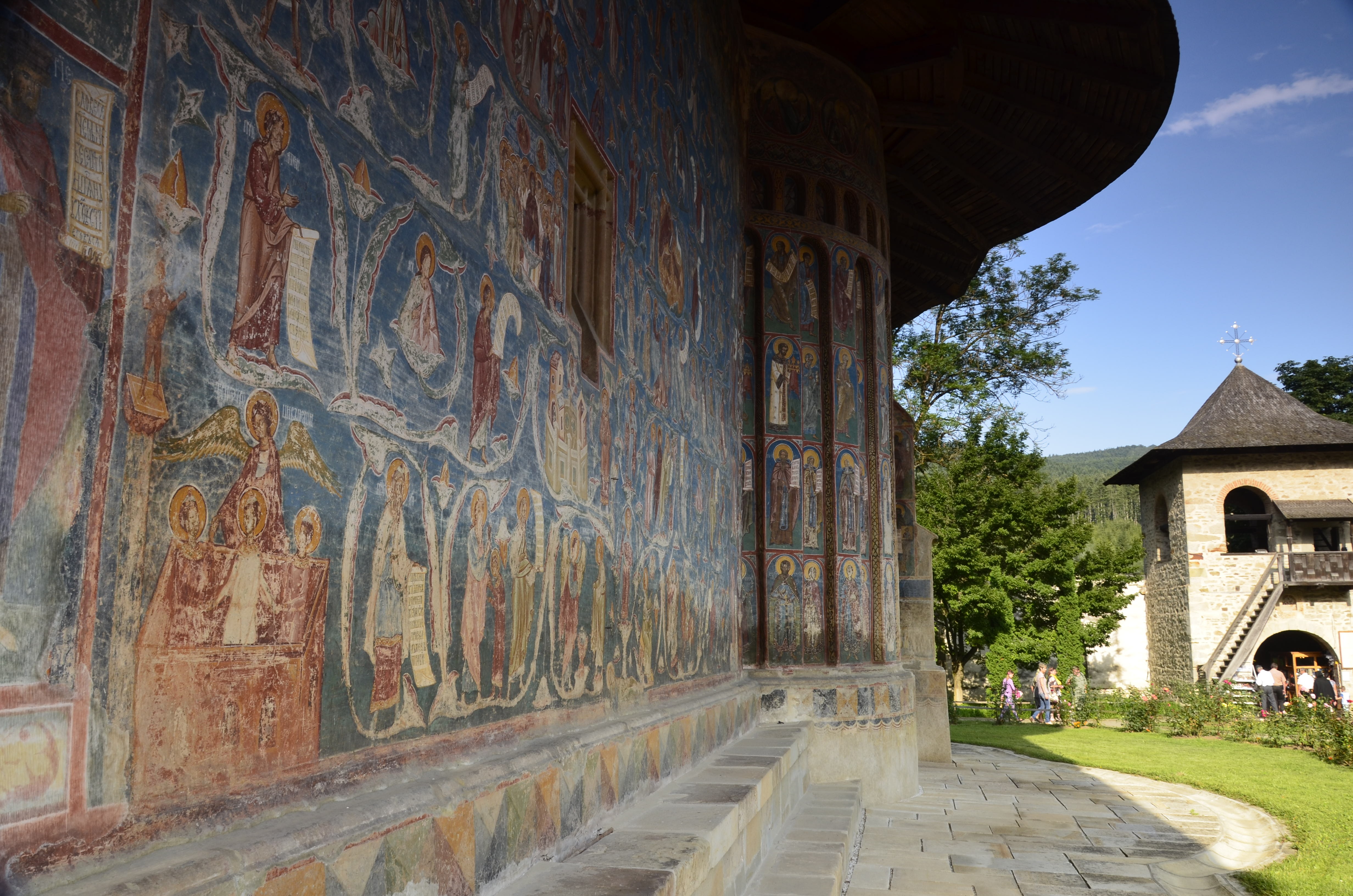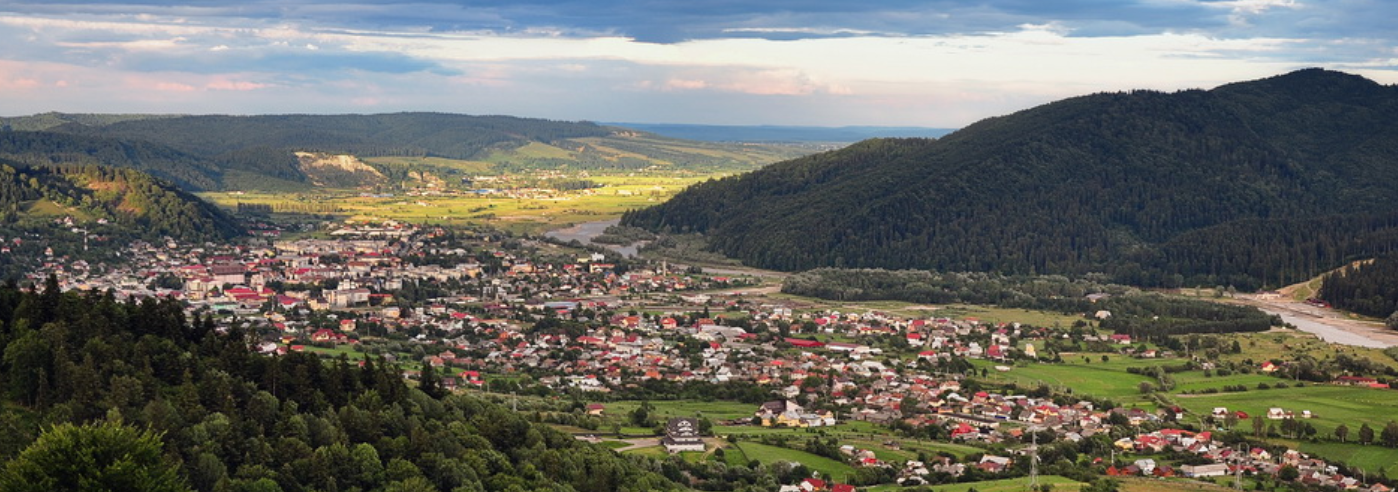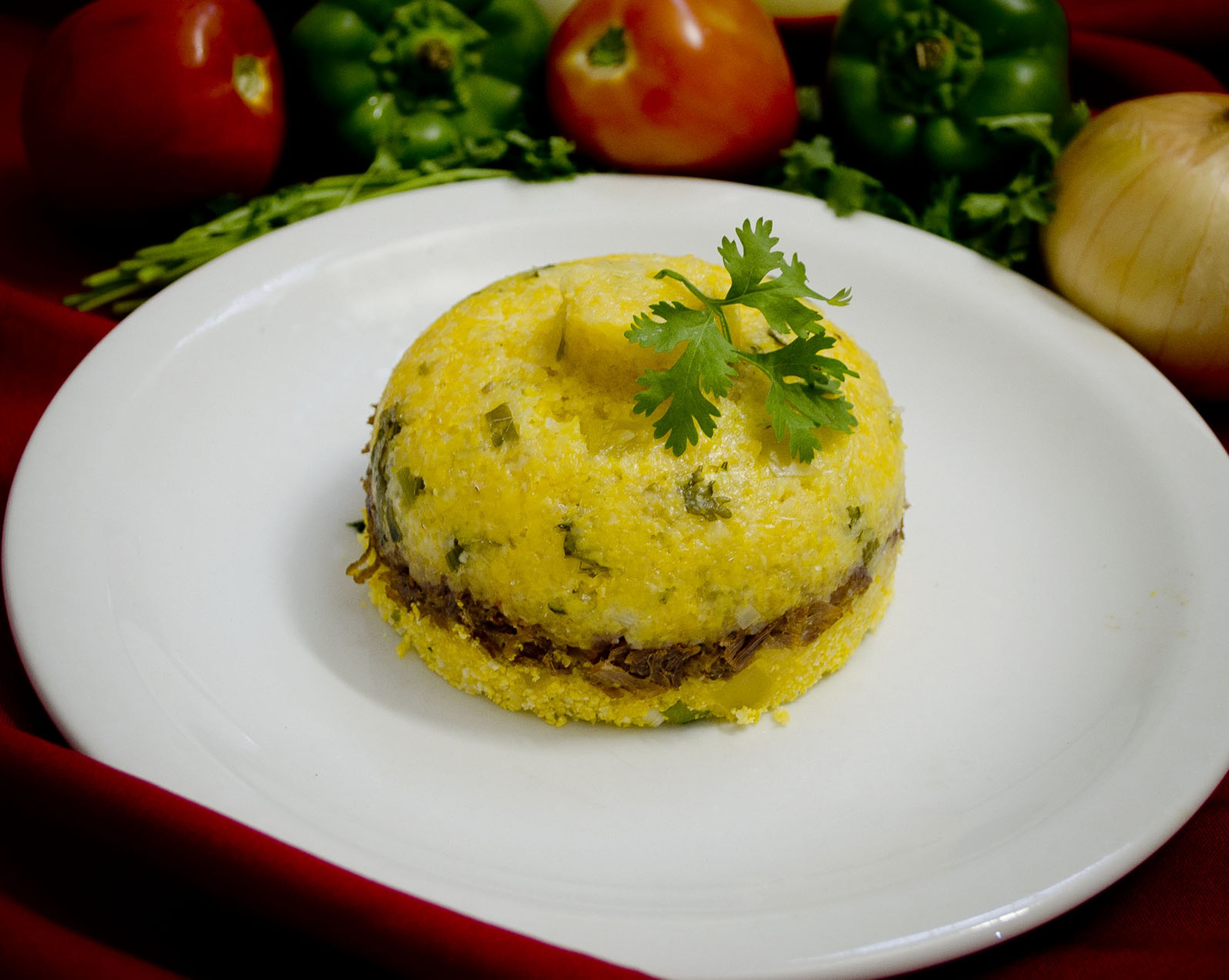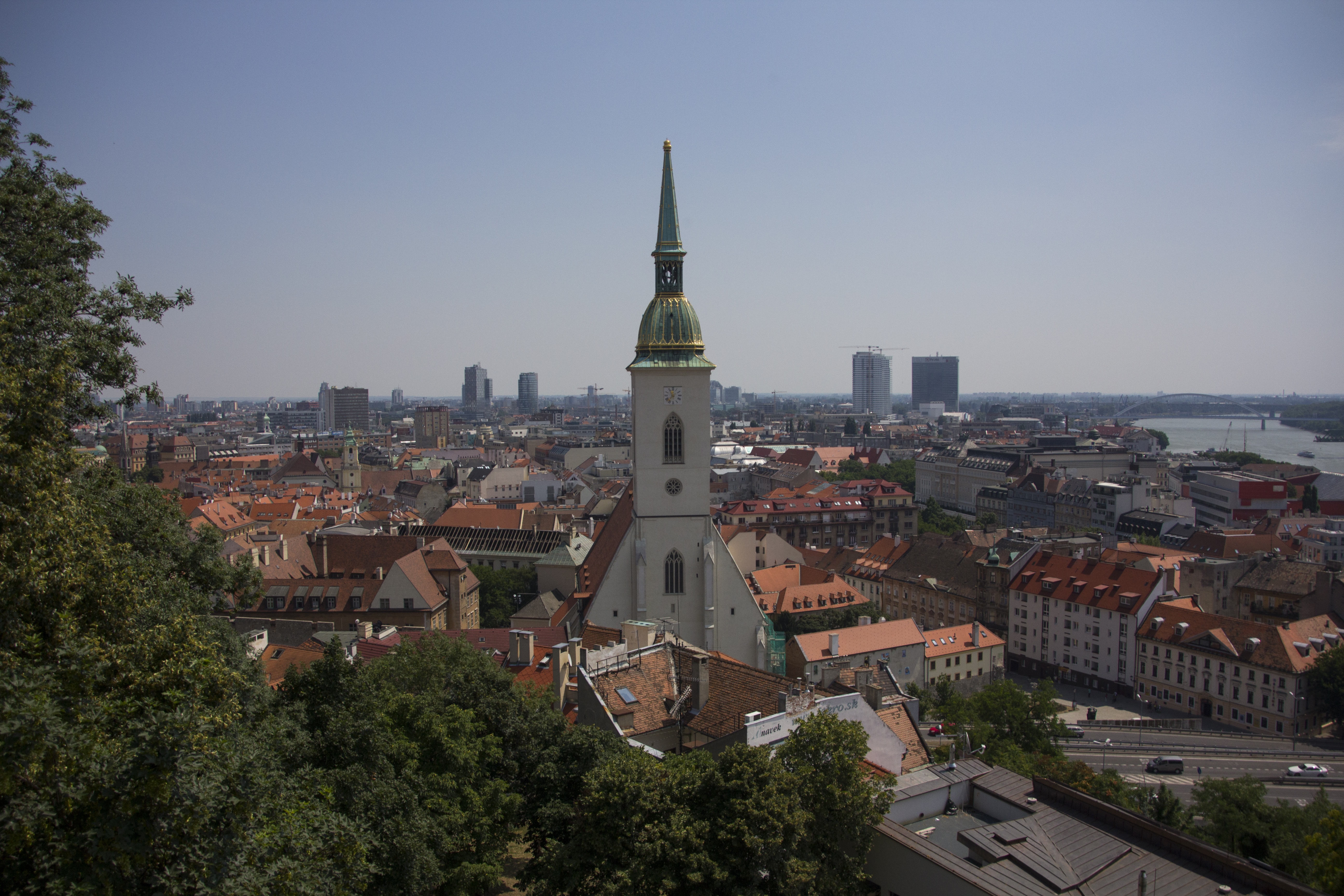Today, I want to talk about a hidden gem in Eastern Europe that you may not have heard of yet: Romania's painted monasteries. While I haven't had the pleasure of visiting them myself, the stunning photographs and rave reviews from travelers have piqued my interest, and I'm excited to share what I've learned with you. I also had the experience to be on tour with a wonderful woman from Romania, while I was in Chania, who inspired me to visit Romania even before learning of the painted monasteries.
The painted monasteries are located in the northern region of Bukovina and are known for their intricate frescoes that cover the walls both inside and out, depicting scenes from the Bible, saints, angels, and other religious figures. These frescoes date back to the 15th and 16th centuries and are considered to be some of the most well-preserved examples of Byzantine art in the world. The paintings were created by local artists using a unique technique that involved painting with egg yolk, which has helped to preserve them over the centuries.

There are eight painted monasteries in Bukovina, and all of them are UNESCO World Heritage Sites. Each of the monasteries has its own unique style and artwork, but they are all equally stunning. The eight painted monasteries in Suceava are:
- Voroneț Monastery
- Humor Monastery
- Moldovița Monastery
- Sucevița Monastery
- Arbore Monastery
- Putna Monastery
- Probota Monastery
- Dragomirna Monastery
of which, Voronet, Humor, and Moldovita are the most famous.
If you're planning a trip to the painted monasteries, the best place to start is the city of Suceava, which is approximately 350 km away from Bucharest. You can get there by taking a 1-hour flight or a 6-hour drive. Many guided tours to the monasteries depart from Suceava and last for a full day, allowing you to visit multiple sites and explore the surrounding villages.
If you're looking for a guided tour, there are several operators to choose from. One of the most popular is called the "Painted Monasteries Tour," which is offered by several different companies. This tour typically includes visits to several of the monasteries, as well as stops in nearby villages to see traditional Romanian crafts, such as pottery and woodcarving. G Adventures and Intrepid provide small-group tours. Private tours can also be arranged. Most guided tours to the monasteries last for a full day, allowing you to visit multiple sites and explore the surrounding villages.
While the monasteries themselves are the main attraction, there are plenty of other things to see and do in the area. The region is home to several traditional villages, such as Vama and Putna, which offer a glimpse into rural Romanian life and showcase local crafts, such as pottery and woodcarving. Another interesting destination is the city of Gura Humorului, which has a rich history and is home to several museums and galleries.

In addition to its rich cultural heritage, the area also has a fascinating recent history. During the communist regime in Romania, many of the monasteries were neglected or even destroyed, and it wasn't until the fall of communism in 1989 that efforts were made to restore and preserve them. This history adds an extra layer of depth and significance to the monasteries and makes them all the more worth visiting.
When it comes to food, Romania has a diverse culinary scene that is influenced by its history and geography. Traditional Romanian cuisine features hearty stews, grilled meats, and savory pastries, such as covrigi (pretzels) and papanasi (doughnuts with sour cream and jam). In the Bukovina region, you'll also find a variety of dishes that are unique to the area, such as tochitura (a pork stew with onions and peppers) and mici (grilled minced meat rolls). One of the most famous dishes in the region is called "mamaliga," which is a type of polenta made from cornmeal. Mamaliga is typically served with a variety of meat dishes, such as grilled sausages or pork chops. Another local specialty is a type of cheese called "telemea," which is often used in traditional Romanian dishes.

If you have some extra time in Romania, consider visiting Bucharest before or after your trip to the painted monasteries. As Romania's capital city, Bucharest is a hub of culture, history, and cuisine. The city is home to the Palace of the Parliament, which is the second-largest administrative building in the world, as well as the Village Museum, which showcases traditional Romanian architecture and crafts.
In addition to its many landmarks, Bucharest also has a vibrant nightlife scene and a variety of dining options featuring traditional Romanian cuisine. Some must-try dishes include sarmale (stuffed cabbage rolls), mititei (grilled minced meat rolls), and mici (grilled minced meat rolls).

Romania's painted monasteries are a hidden gem in Eastern Europe that are well worth exploring. From the stunning frescoes to the traditional villages and unique cuisine, the area has something to offer for every type of traveler. And, if you have some extra time, be sure to add Bucharest to your itinerary for even more unforgettable experiences. I hope this has inspired you to start planning your next adventure in Romania!
Please reach out to me if you’d like to explore a vacation to Romania. You can find my contact details here: card.penguins2polarbears.com
You can sign up to schedule a consultation if you have a trip in mind or sign up for my weekly newsletter for more inspiration.

